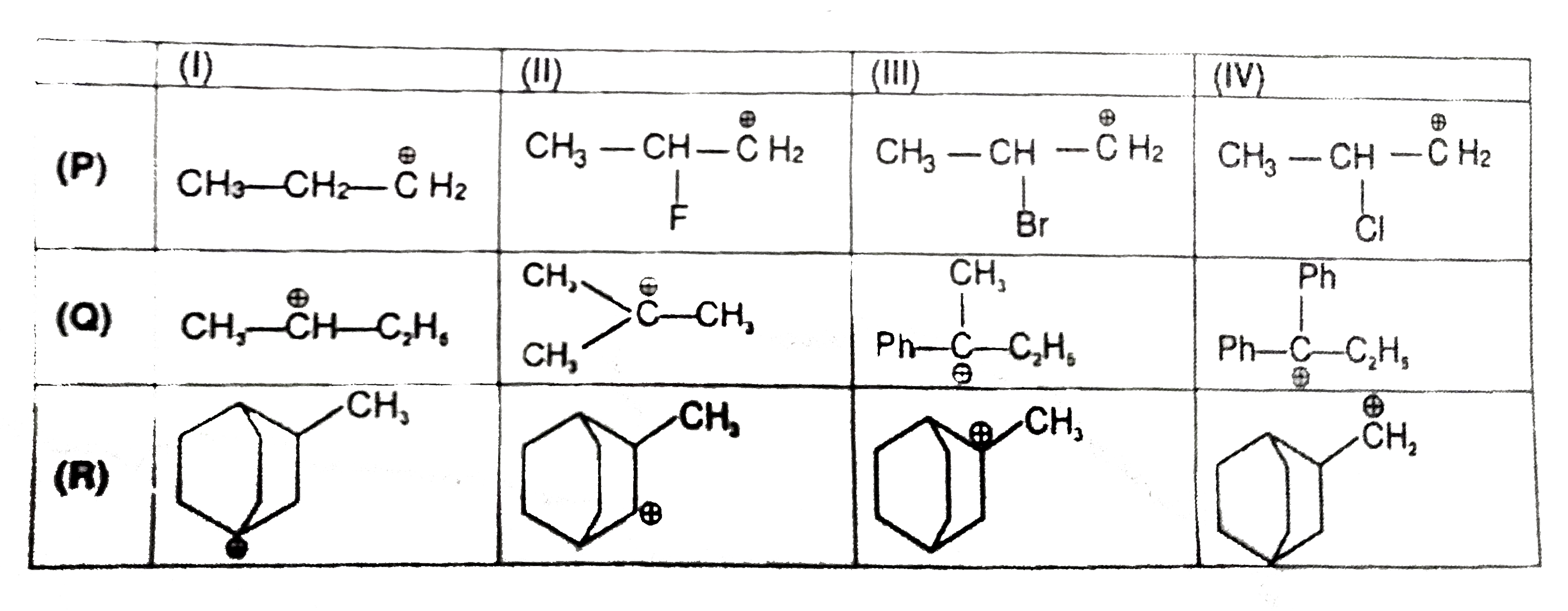Arrange the following
Li, K, Na, H [In the decreasing order of their ionization potential].
To arrange the elements Li (Lithium), K (Potassium), Na (Sodium), and H (Hydrogen) in decreasing order of their ionization potential, we can follow these steps:
Step 1: Understand Ionization Potential
Ionization potential (or ionization energy) is the energy required to remove an electron from an isolated gaseous atom. Higher ionization potential means it is harder to remove an electron.
Step 2: Identify the Group and Period
- Hydrogen (H) is in Group 1 but is not an alkali metal.
- Lithium (Li), Sodium (Na), and Potassium (K) are all alkali metals in Group 1.
Step 3: Analyze Trends in Ionization Potential
- Ionization potential generally decreases as you move down a group in the periodic table. This is because the atomic size increases, making it easier to remove an outer electron.
- Hydrogen, being a non-metal and having a smaller atomic size compared to the alkali metals, has a higher ionization potential than the alkali metals.
Step 4: Compare the Elements
- Among the alkali metals, Li has a higher ionization potential than Na, and Na has a higher ionization potential than K. This is due to the increasing atomic size down the group.
- Therefore, the order from highest to lowest ionization potential is:
1. Hydrogen (H)
2. Lithium (Li)
3. Sodium (Na)
4. Potassium (K)
Final Arrangement
The decreasing order of ionization potential for the elements Li, K, Na, and H is:
H > Li > Na > K
Ionization potential (or ionization energy) is the energy required to remove an electron from an isolated gaseous atom. Higher ionization potential means it is harder to remove an electron.
- Hydrogen (H) is in Group 1 but is not an alkali metal.
- Lithium (Li), Sodium (Na), and Potassium (K) are all alkali metals in Group 1.
- Ionization potential generally decreases as you move down a group in the periodic table. This is because the atomic size increases, making it easier to remove an outer electron.
- Hydrogen, being a non-metal and having a smaller atomic size compared to the alkali metals, has a higher ionization potential than the alkali metals.
- Among the alkali metals, Li has a higher ionization potential than Na, and Na has a higher ionization potential than K. This is due to the increasing atomic size down the group.
- Therefore, the order from highest to lowest ionization potential is:
1. Hydrogen (H)
2. Lithium (Li)
3. Sodium (Na)
4. Potassium (K)
The decreasing order of ionization potential for the elements Li, K, Na, and H is:
H > Li > Na > K
Topper's Solved these Questions
- PERIODIC TABLE (PERIODIC PROPERTIES AND VARIATION OF PROPERTIES)BOOK - ICSECHAPTER - PERIODIC TABLE (PERIODIC PROPERTIES AND VARIATION OF PROPERTIES)EXERCISE - ADDITIONAL QUESTIONS
74 Videos
- PERIODIC TABLE (PERIODIC PROPERTIES AND VARIATION OF PROPERTIES)BOOK - ICSECHAPTER - PERIODIC TABLE (PERIODIC PROPERTIES AND VARIATION OF PROPERTIES)EXERCISE - ADDITIONAL QUESTIONS (Fill in the blanks with the appropriate word/s in each case.)
24 Videos
- PERIODIC PROPERTIES AND VARIATIONS OF PROPERTIESBOOK - ICSECHAPTER - PERIODIC PROPERTIES AND VARIATIONS OF PROPERTIESEXERCISE - ASSERTION AND REASON BASED QUESTIONS
5 Videos
- PRACTICAL CHEMISTRY BOOK - ICSECHAPTER - PRACTICAL CHEMISTRY EXERCISE - Questions from Previous ICSE Board Papers (2017)
2 Videos
Similar Questions
Knowledge Check
The decreasing order of the second ionization potential of Mg, Ca and Ba is
AMg>Ca>BaBCa>Ba>MgCBa>Mg>CaDMg>Ba>CaArrange the following compounds in decreasing order of basicity :
 AP>Q>R>SBQ>P>R>SCR>S>Q>PDQ>P>S>R
AP>Q>R>SBQ>P>R>SCR>S>Q>PDQ>P>S>R
The decreasing order of the second ionization potentials of K,Ca and Ba is
View SolutionThe decreasing order of the second ionization potentials of K,Ca and Ba is
View SolutionArrange the following radicals in decreasing order of their stability.

View SolutionArrange the following compounds in decreasing order of their basicity?
 .
.
View SolutionArrange the following free radicals in decreasing order of stability:

View SolutionArrange the following carbocations in decreasing order of their stability:

View Solution


